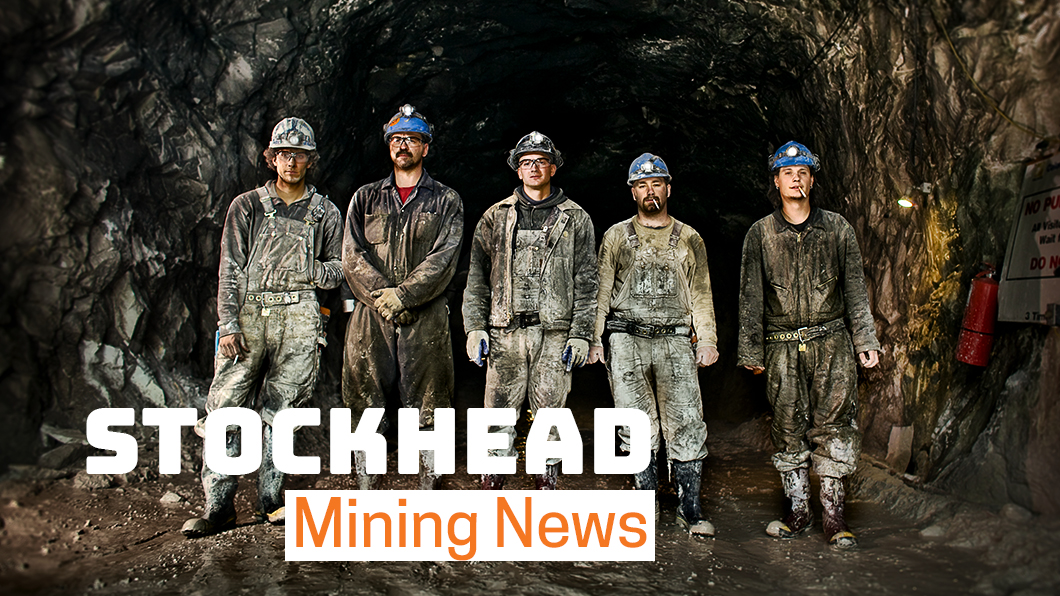CHART: Copper prices are at 10-year highs — here’s why

Pic: Tyler Stableford / Stone via Getty Images
Data from CBA this morning showed copper prices just hit their highest level since July 29, 2011.

Analyst Vivek Dhar attributed the latest gains to a combination of supply and demand factors.
And given copper’s use-case as an input in lots of different manufacturing practices, the price action is evidence of ongoing momentum in the post-COVID global economic recovery.
Making stuff
Among the factors driving copper prices to 10-year highs, Dhar noted that industrial output and manufacturing figures for many of the world’s largest economies continue to trend higher.
Industrial production in China — which consumes around 55-60pc of global copper supplies — is tracking higher than pre-COVID levels, as is South Korea.
Other major economic zones including Europe, the US, Japan and India have also recovered, while the widely-read monthly ISM manufacturing survey for the US economy just hit its highest level since 1983.
Looking ahead
Along with the strong data, Dhar said copper prices have also been supported by the fact markets expect the positive momentum to continue.
Central to the buoyant outlook is the ongoing vaccine rollout across developed economies, while copper is also benefitting from the Biden administration’s ongoing push for a huge infrastructure package to further support the US economy.
Going green
While copper is used as a key input for mass-manufactured products such as electronics, its use-case is magnified in the context of the global clean energy shift.
“Around four times more copper is used in an electric vehicle than a regular internal combustion engine (ICE) automobile,” Dhar said.
“Renewable power systems are also 5 times more copper intensive than conventional power systems.”
Supply-side
Analysis of the copper concentrate market is also indicative of a tight market, Dhar said.
He pointed to the treatment charge miners pay smelters to process copper, which fell to 10-year lows beneath $US30 per tonne through most of April.
“In recent days though, the treatment charge has ticked higher, indicating easing deficit concerns,” Dhar said.
However, those conditions may not last. Port workers in Chile, which produces 25 per cent of the world’s copper supply, went on strike on Monday to protest the government’s COVID-19 pandemic response.
As for CBA’s price forecast, Dhar said he expects a slight pull-back in demand will see copper prices dip back below $US4/lb in the second half of the year.
The key variable there is China, which CBA currently expects to dial back the pace of another round of huge infrastructure projects that it ratcheted up in the wake of COVID-19.
However, determining when and how China may ease its foot off the pedeal is an imprecise science.
As a result, “we see upside risks to our copper price forecast of $US3.60/lb in Q4 2021,” Dhar said.
Related Topics

SUBSCRIBE
Get the latest breaking news and stocks straight to your inbox.
It's free. Unsubscribe whenever you want.
By proceeding, you confirm you understand that we handle personal information in accordance with our Privacy Policy.








